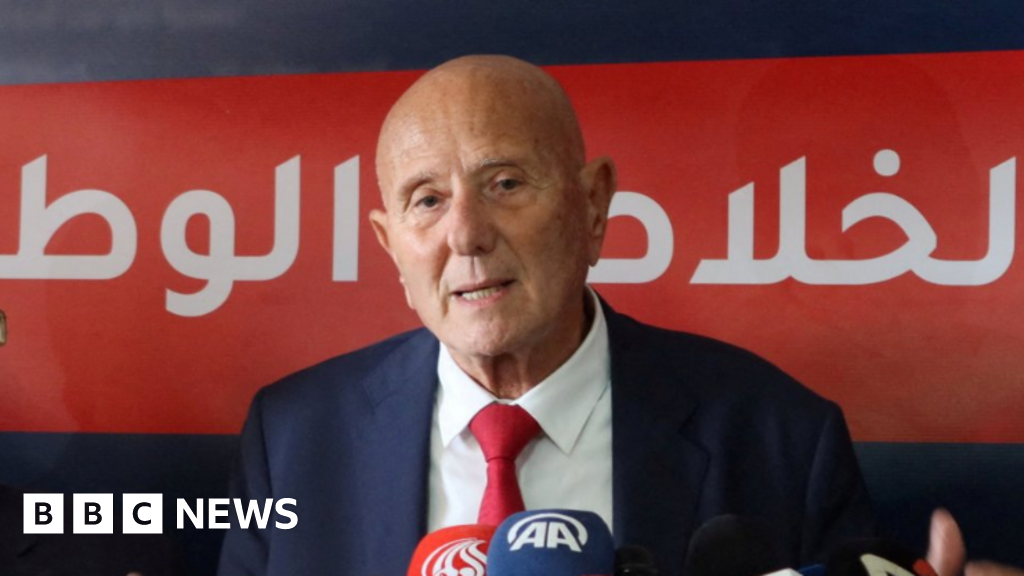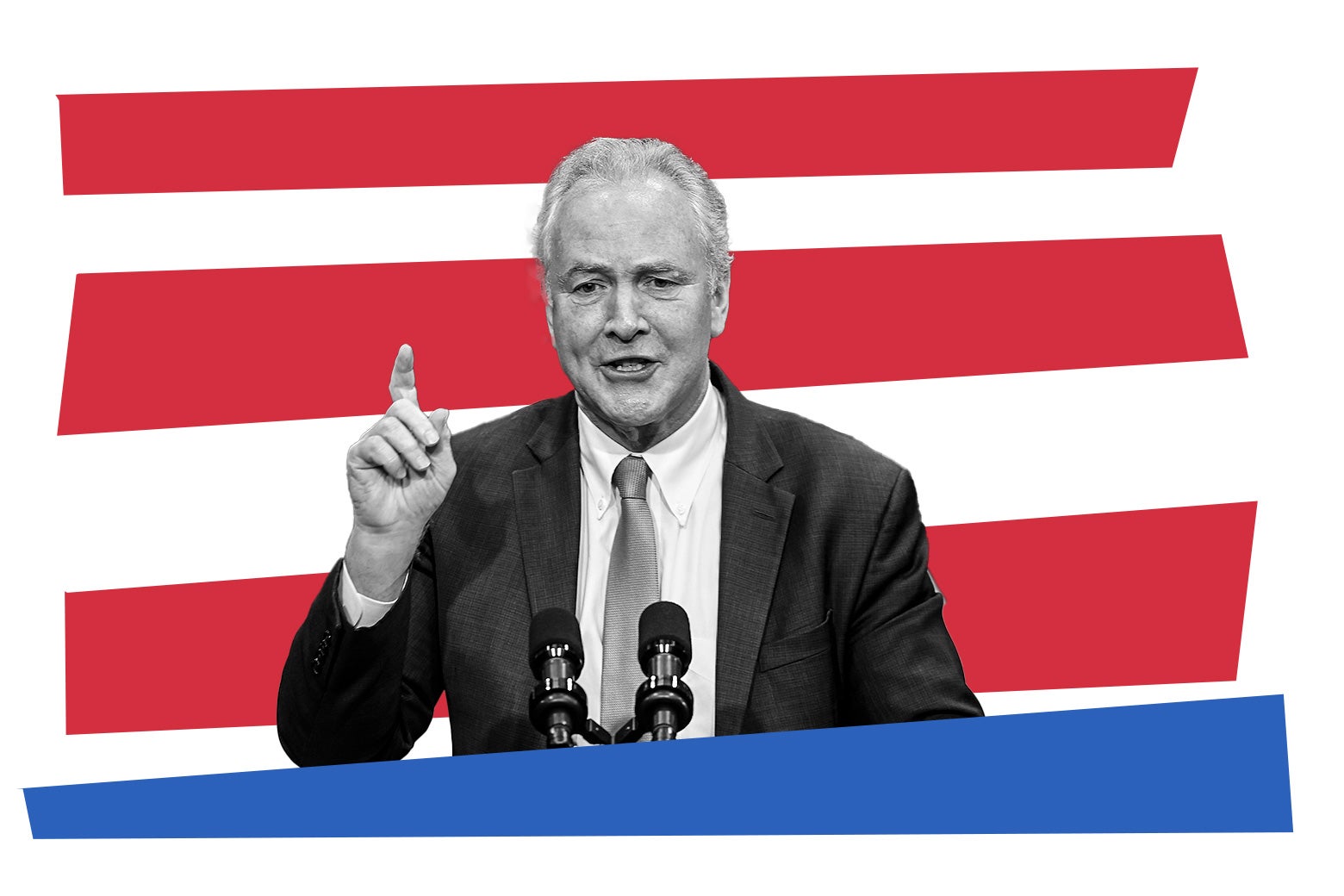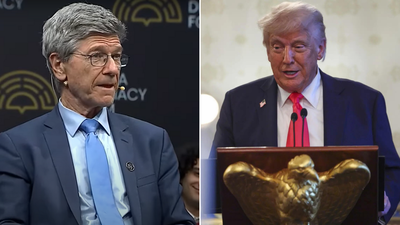Alaska's Economic Challenges Amid Trump's Presidency: A Balancing Act on Oil Wealth
JUNEAU, Alaska (AP) The political landscape in Alaska has taken on a new tone since President Donald Trump returned to office. Governor Mike Dunleavy, a Republican, expressed his optimism by declaring that happy days are here again, highlighting the favorable energy policies he anticipates from the Trump administration. Dunleavy even likened the president's approach to energy development to experiencing Christmas every day in a state that heavily relies on oil revenues for its economic stability.
However, the nearly three months since Trump's inauguration have been anything but smooth for Alaska. The state's significant federal workforce has been subjected to instability, and concerns regarding the reliability of federal funding have begun to surface. Trumps inconsistent tariffs and the resulting fluctuations in oil prices have added to the uncertainty, leaving Alaska lawmakers scrambling as they prepare the state budget, traditionally based on volatile oil price projections.
With the legislative session set to conclude in mid-May, theres unease among lawmakers regarding Trumps recent announcement of a pause on higher tariffs for numerous countriesan extension that may not coincide with Alaska's budgetary timeline. This unpredictability has exacerbated long-standing debates about the allocation of funds from the annual oil-wealth fund check that most residents receive, as opposed to pressing needs in education and other vital sectors.
House Speaker Bryce Edgmon, an independent leading a coalition of Democrats, independents, and two Republicans, voiced his frustration, stating, Were all in a pickle. This sentiment captures the ongoing struggles that Alaska faces, where the economy is heavily influenced by the boom-and-bust cycle of oil prices.
Historically, Alaskan government spending has been generous during times of high oil prices, funding infrastructure and various projects. Conversely, when prices plummet, the state often resorts to shuttering facilities and implementing cost-cutting measures. As lawmakers depend on biannual revenue forecasts tied to oil price and production predictions, the current environment is particularly precarious.
Just a year ago, North Slope oil was priced at around $90 per barrel. Since then, it has settled into the low-to-mid-$70 range, dropping as low as $65 recently, only to experience a brief reprieve with Trumps tariff pause announcement. According to the nonpartisan Legislative Finance Division, the impact of oil price changes is significant: each dollar fluctuation translates to approximately $35 million to $40 million in state revenue. The March revenue forecast anticipated oil prices around $68 a barrel for the upcoming budget year, reflecting a modest decrease from previous estimates.
Alaskas political leaders, including Governor Dunleavy, have expressed hope that Trumps tariff threats could incentivize countries such as Japan, South Korea, and Taiwan to invest in or consider purchasing liquefied natural gas from a proposed massive LNG project in Alaska. This project has faced numerous challenges over the years, including rising costs and competition from alternative projects, which raises questions about its overall economic viability.
In the November elections, Trump claimed victory in Alaska, securing the states support. Beyond oil, Alaska's economy is also heavily dependent on the earnings generated from its oil-wealth investment fund. Although the principal of this fund is safeguarded, the earnings can be utilized at the state's discretion. Traditionally, the annual dividend paid to residents has been derived from these earnings, but since 2018, lawmakers have also started to allocate earnings for state services, leading to friction over the appropriate balance between dividends and funding critical services.
Governor Dunleavy has proposed a dividend of approximately $3,800 per resident, which would amount to $2.5 billiontwo-thirds of this years earnings withdrawal. This figure follows a formula previously deemed unsustainable by lawmakers, making it a controversial proposal. Legislative leaders have largely dismissed this idea, as they field requests for increased funding for K-12 education, which has suffered from years of inflation and rising energy and healthcare costs. Education advocates are also urging the state to address a maintenance backlog that has created unsafe conditions in some schools, including serious issues like mold and structural damage.
Last year, Alaskans received a total of $1,702, which comprised both the dividend and an energy relief payment. Over the past five years, the annual dividend has varied significantly, with a low of $992 in 2020, contrasting sharply with a high of $3,284, which included combined dividend and energy relief payments.
House Majority Leader Chuck Kopp, a Republican, cautioned against fostering unrealistic expectations regarding the dividend size proposed by Dunleavy. He remarked, We cannot pay an unsustainable dividend, and that dividend distorts the fiscal reality that were facing. Kopp emphasized the need for a serious discussion about new revenue streams or a reevaluation of the dividend size to responsibly prioritize state funding.
While some bipartisan members of the Senate have suggested revisions to oil taxation to generate additional revenue, there seems to be limited support for sweeping changes. As Alaska navigates these turbulent economic waters, the interplay between federal policy, oil prices, and state budgetary needs will continue to be a pivotal issue in the months ahead.


























